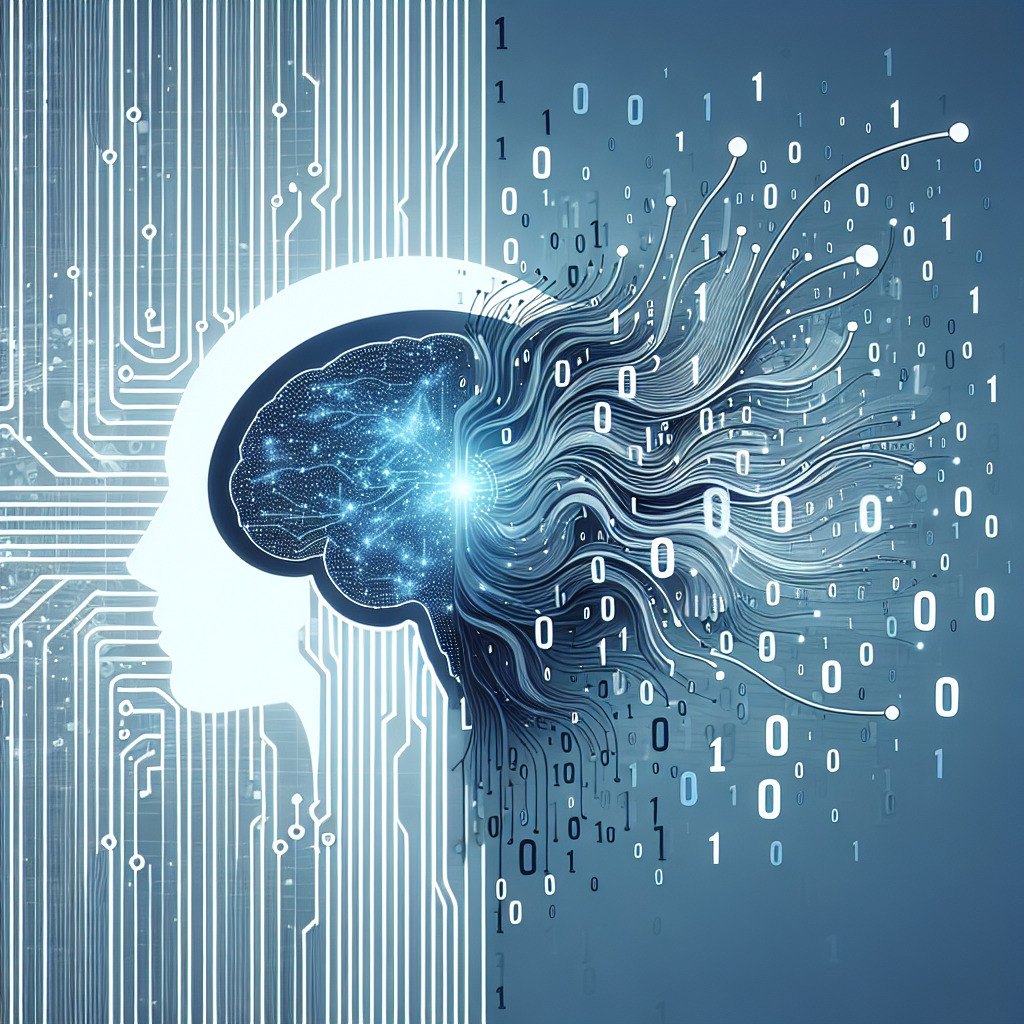In recent years, two technological developments have been making a significant impact on various industries – Artificial Intelligence (AI) and Big Data. Both AI and Big Data have the potential to revolutionize the way businesses operate, making processes more efficient and effective. However, the relationship between AI and Big Data is often misunderstood. In this article, we will explore the connection between AI and Big Data, how they complement each other, and the benefits of using them together.
Understanding Big Data
Big Data refers to the large volumes of structured and unstructured data that organizations collect on a daily basis. This data comes from various sources such as social media, sensors, mobile devices, and more. Big Data is characterized by its volume, velocity, and variety, making it difficult to manage and analyze using traditional data processing tools.
The main goal of Big Data is to extract valuable insights and information from the massive amounts of data being generated. By analyzing Big Data, organizations can make informed decisions, improve processes, and gain a competitive advantage in the market. However, the sheer volume of data makes it challenging to process and extract meaningful insights without the help of advanced technologies like AI.
Understanding Artificial Intelligence
Artificial Intelligence, on the other hand, refers to the simulation of human intelligence processes by machines, such as learning, reasoning, and problem-solving. AI technologies include machine learning, deep learning, natural language processing, and more. These technologies enable machines to perform tasks that typically require human intelligence, such as recognizing patterns, making predictions, and optimizing processes.
The main goal of AI is to automate tasks, improve decision-making, and enhance overall efficiency. AI algorithms can analyze data, identify trends, and make predictions without human intervention. By leveraging AI, organizations can streamline operations, reduce costs, and drive innovation.
The Relationship Between AI and Big Data
AI and Big Data are closely interconnected, with each technology complementing the other. Big Data provides the raw material for AI algorithms to analyze and derive insights from. Without Big Data, AI algorithms would not have the necessary information to make accurate predictions and recommendations.
AI, on the other hand, enables organizations to process and analyze Big Data at scale. AI algorithms can handle large volumes of data quickly and efficiently, making it possible to extract valuable insights from Big Data in real-time. By combining AI and Big Data, organizations can unlock the full potential of their data and drive business growth.
Benefits of Using AI and Big Data Together
There are several benefits to using AI and Big Data together. Some of the key advantages include:
1. Improved Decision-Making: By analyzing Big Data with AI algorithms, organizations can make data-driven decisions based on accurate insights and predictions. This enables businesses to optimize processes, identify opportunities, and mitigate risks effectively.
2. Enhanced Customer Experience: AI can analyze customer data to personalize interactions, recommend products, and provide better customer service. By leveraging Big Data, organizations can gain a deeper understanding of customer preferences and behavior, leading to a more personalized and engaging customer experience.
3. Increased Efficiency: AI algorithms can automate repetitive tasks, optimize processes, and streamline operations. By analyzing Big Data, organizations can identify inefficiencies and bottlenecks in their processes, leading to improved efficiency and productivity.
4. Competitive Advantage: By harnessing the power of AI and Big Data, organizations can gain a competitive edge in the market. AI technologies can analyze market trends, predict customer behavior, and identify new opportunities for growth. By leveraging Big Data, organizations can make informed decisions and stay ahead of the competition.
Frequently Asked Questions (FAQs)
Q: What is the difference between AI and Big Data?
A: AI refers to the simulation of human intelligence processes by machines, such as learning, reasoning, and problem-solving. Big Data, on the other hand, refers to the large volumes of structured and unstructured data that organizations collect on a daily basis. While AI enables machines to perform tasks that require human intelligence, Big Data provides the raw material for AI algorithms to analyze and derive insights from.
Q: How do AI and Big Data work together?
A: AI and Big Data work together by leveraging the power of AI algorithms to analyze and extract insights from Big Data. AI technologies can handle large volumes of data quickly and efficiently, making it possible to process and analyze Big Data at scale. By combining AI and Big Data, organizations can make data-driven decisions, improve processes, and gain a competitive advantage in the market.
Q: What are some examples of AI and Big Data applications?
A: Some examples of AI and Big Data applications include predictive analytics, recommendation systems, fraud detection, and natural language processing. AI algorithms can analyze Big Data to make predictions, identify patterns, and automate tasks. For example, recommendation systems use AI algorithms to analyze customer data and recommend products based on their preferences and behavior.
In conclusion, AI and Big Data are powerful technologies that have the potential to transform the way organizations operate. By combining AI and Big Data, organizations can unlock the full potential of their data, make data-driven decisions, and gain a competitive advantage in the market. Understanding the relationship between AI and Big Data is crucial for businesses looking to harness the power of these technologies and drive business growth.

